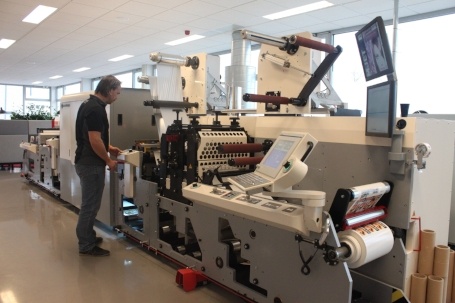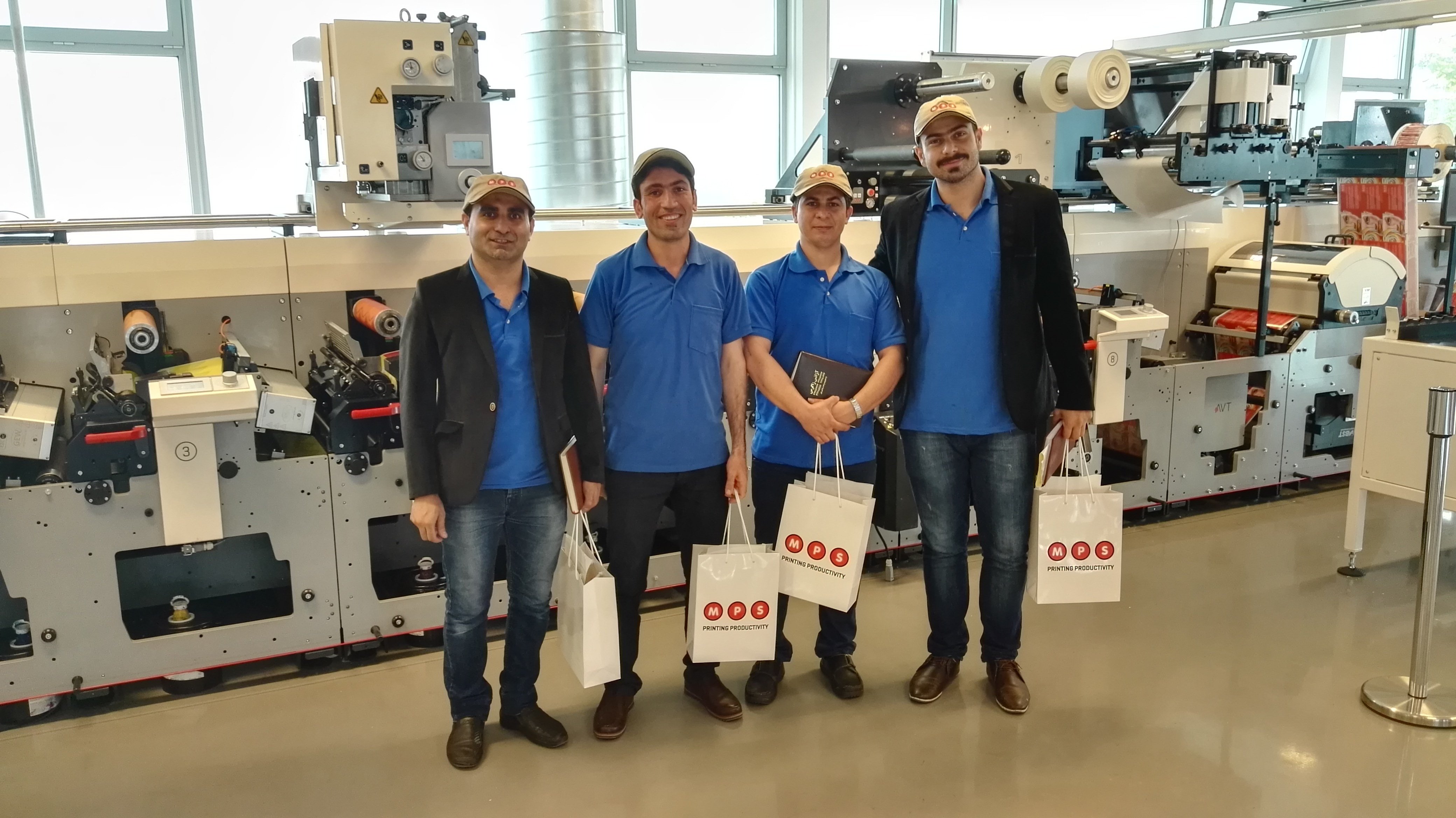The label printing industry is quickly evolving due to pressured prices, job sizes that get smaller and smaller, and the demand for short delivery times. This affects the daily work as in your print shop. It’s your responsibility to produce labels with a consistent print quality at the lowest cost price and to meet shipping dates. Therefore, it’s crucial to minimize printing errors or even better: eliminate them. In this blog I describe 5 ways that help you achieve just that.
1: Align expectations with your customers
If an order comes in it is important to align the expectations with the customer before you start to run the job. This prevents the end product from not completely meeting your customer’s requirements.
Specify a deadline by which you wish to receive input from the customer on the job you have to run. What should the end product look like? What kind of materials like substrates, inks, and printing plates have to be used? This input allows you to prepare and set up the printing job.
Know what is expected and what you can expect.
2: Perform demos before a (new) printing job
Once you have aligned the expectations, there’s one more thing you can do to eliminate errors before you run the job: perform demos. Share the result of these demos with your customer to be sure you deliver the result they expect.

3: Carry out subsequent checks
To minimize printing errors it’s not only important to have everything in order before starting a printing job, but also to carry out subsequent checks after a job is finished.
Does the final result still meet your customer’s expectations? How much waste has been produced? Has the job run on the calculated speed? With these results you can further optimize the printing process to prevent errors and achieve the highest productivity.
4: Invest in training for your printing press operators
To a large extent, printing press operators determine the quality of your products and enhance customer satisfaction. Whether you like it or not, operators are responsible for your printing presses and their output. The quality of this output ultimately determines your organisation's turnover.
Therefore, investing in operator training and education is essential. My colleague Hans Poortinga has written a blog with 3 reasons to invest in operator training, you can read it here. In another blog from my colleague John Beltman (Project Manager), he gives a good example that shows why operator training is key.

5: Implement printing automation
The four points described above are all crucial to minimize printing errors, but a manually controlled printing process leads to a significantly higher risk of human error and could keep you from achieving your goals. That’s where printing automation comes into play.

If you automate your printing process, the required settings are automatically generated by the printing presses. This means you are no longer dependant on variations in operator press settings and adjustments, the course of events on a day, or work shifts. Automation eliminates errors which unintentionally can be made by your employees — no matter how well-trained they are.
With the evolving label printing industry and its consequences, you can imagine that printing automation becomes increasingly important to create a viable printing process. It can do no harm to start thinking about it.
Would you like to know more about ways to implement printing automation into you process? In our webinar, my colleague Hans Poortinga explains how automation of the prepress stage contributes to a future-proof printing process. Watch it here:
https://www.youtube.com/embed/tXWA5jyyufE